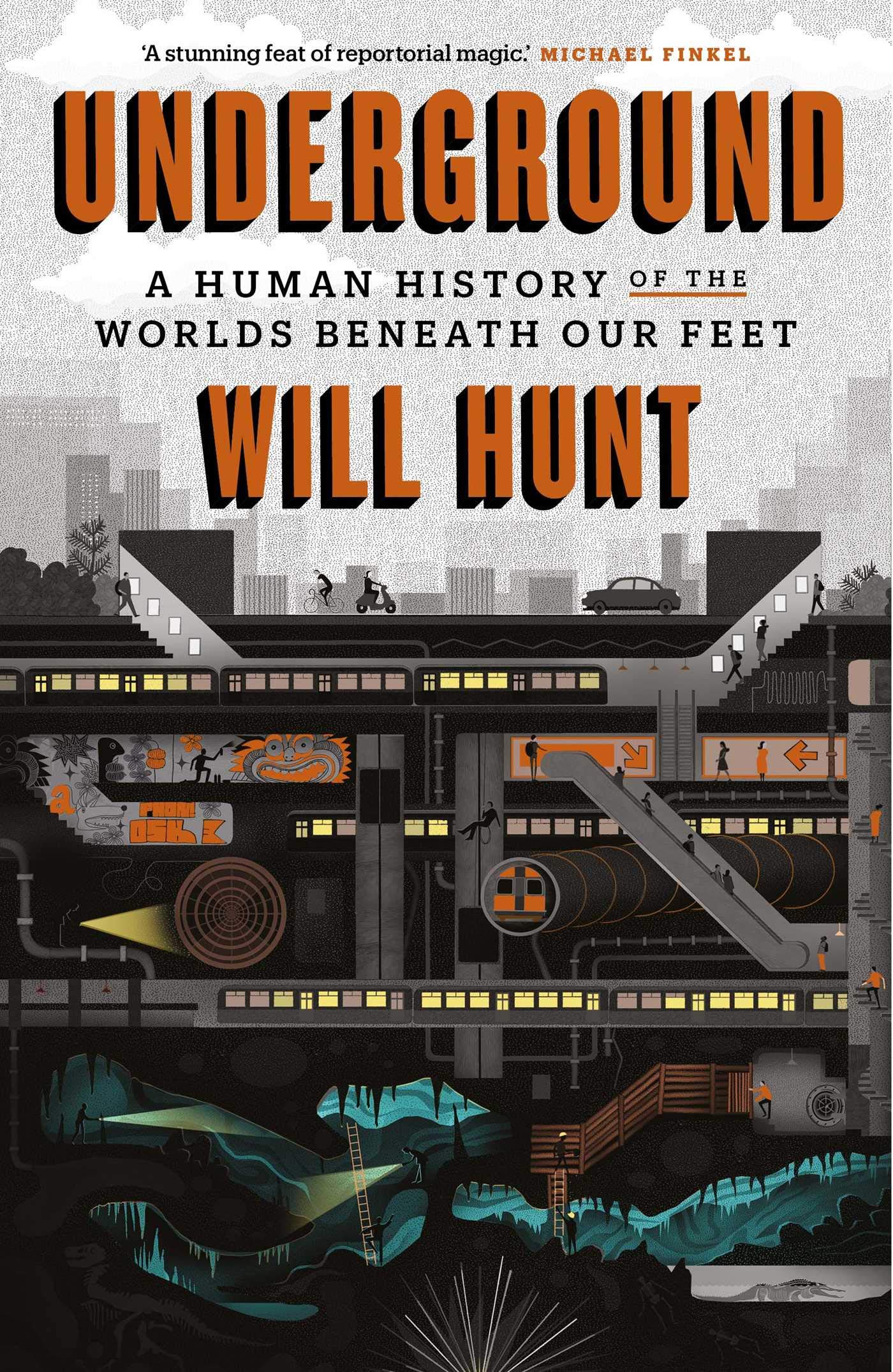
As the cover states, Underground sets out to tell a human history of the worlds beneath our feet. As a caver, I approached a book on the underground written by an ‘urbexer’ with some trepidation as in some quarters of the caving world, urban explorers have a somewhat dubious reputation for trespassing. But I tried to come at the book with an open mind and in an attempt to gauge the accuracy of Will Hunt’s stories, I turned first to one where he and I shared an experience, namely a visit to the zealously guarded clay bison of Le Tuc d’Audubert in the French Pyrenees.
My own journey to Le Tuc started in the early 1990s with a passion for cave art and a desire to better understand the modifications that the many prehistoric caves have undergone at the hands of human beings, from our Palaeolithic ancestors to today’s cave owners and managers. I worked my way through as many prehistoric caves as possible, from those open to the public to ones that were much more rarely visited. I knocked on farm doors, courted landowners with a reputation for being cantankerous and made as many contacts as possible. A visit to the original cave of Lascaux opened more doors, but even so, I waited until I’d built up a lengthy CV of sites visited before taking a deep breath and penning a letter to Comte Robert Bégouën at Pujol in the hope of a visit to Les Trois Freres. Getting a response by email several weeks later temporarily rendered my husband speechless and led to the trip of a lifetime. A year later, we returned to visit Le Tuc, but our aspirations were foiled by a rapid snowmelt off the hills, making it impossible to get into the cave by boat, so we retreated to Les Trois Freres for a second time. On our second attempt, we succeeded, and had a superb visit with Comte Robert to see the famous clay bison.
Reliving the experience with Will Hunt’s recollections was like being back down the cave, but minus the suspicion shown to Hunt by one of the Comte’s companions. Every detail rang true, from the accurate description of the cave to the emotions Hunt experienced when he was close to the two exquisitely modelled creatures in a low chamber far from the entrance. The account so closely mirrored my own memories and emotions that I approached the remainder of the book without the potential taint of cynicism that had hovered over me when I started.
Hunt’s journey underground begins with him drawn to the underworld as a boy in a fascination for the Greek myths, and from there he progressed to a railway tunnel on Rhode Island which instilled in him profound liking for the silence he encountered in the underground world. From his early explorations under New York City to sacred caves in the Australian bush via long distance trips in the catacombs beneath Paris, Hunt describes a variety of different settings with both clarity and passion. It’s hard to read his accounts and not feel his boundless enthusiasm for everything beneath our feet. I don’t doubt that some aspects of the book might make purists frown, but few cavers I know can hold their hands up when asked if their activities had always been 100 per cent healthy and safe. I know I can’t.
One of the chapters that held the most fascination for me was on the ochre mining carried out by the people of Potosi in the Bolivian Andes, ostensibly living as good Catholics whilst still making animal sacrifices to the god of the mines, showing how long-held belief can walk hand-in-hand with a more recent religion, but in the darkness, the old gods still hold sway.
Hunt writes well and convincingly about his underground experiences, and there is a great deal of interest in the book for cavers and urbexers alike. Whether the book will serve to engender the same fascination in everyone else, I can’t say, but I’ve certainly seen worse starting points than this for convincing people we’re not all batshit insane in what we do for a pastime. Due to the selective nature of the anecdotes, I don’t think it can be said that the book gives any sort of complete history of human history underground, and there were times when I felt that some of the stories told to him had a feeling of having been designed with the tourist trade in mind, but that didn’t detract from my general enjoyment.
The only thing that really lets the book down is the quality of the photos. All are in grainy black and white on paper that certainly isn’t of the highest quality, and this is made worse by the lack of captions, which means a lot of guesswork is necessary to work out what’s being shown. A little more attention to detail here would have been beneficial to the overall look and feel of an otherwise informative and entertaining book.
Reviewer: Linda Wilson
Hardcover: 288 pages
Publisher: Simon & Schuster UK
Date: 24 January 2019
ISBN-10: 1471139573
ISBN-13: 978-1471139574
